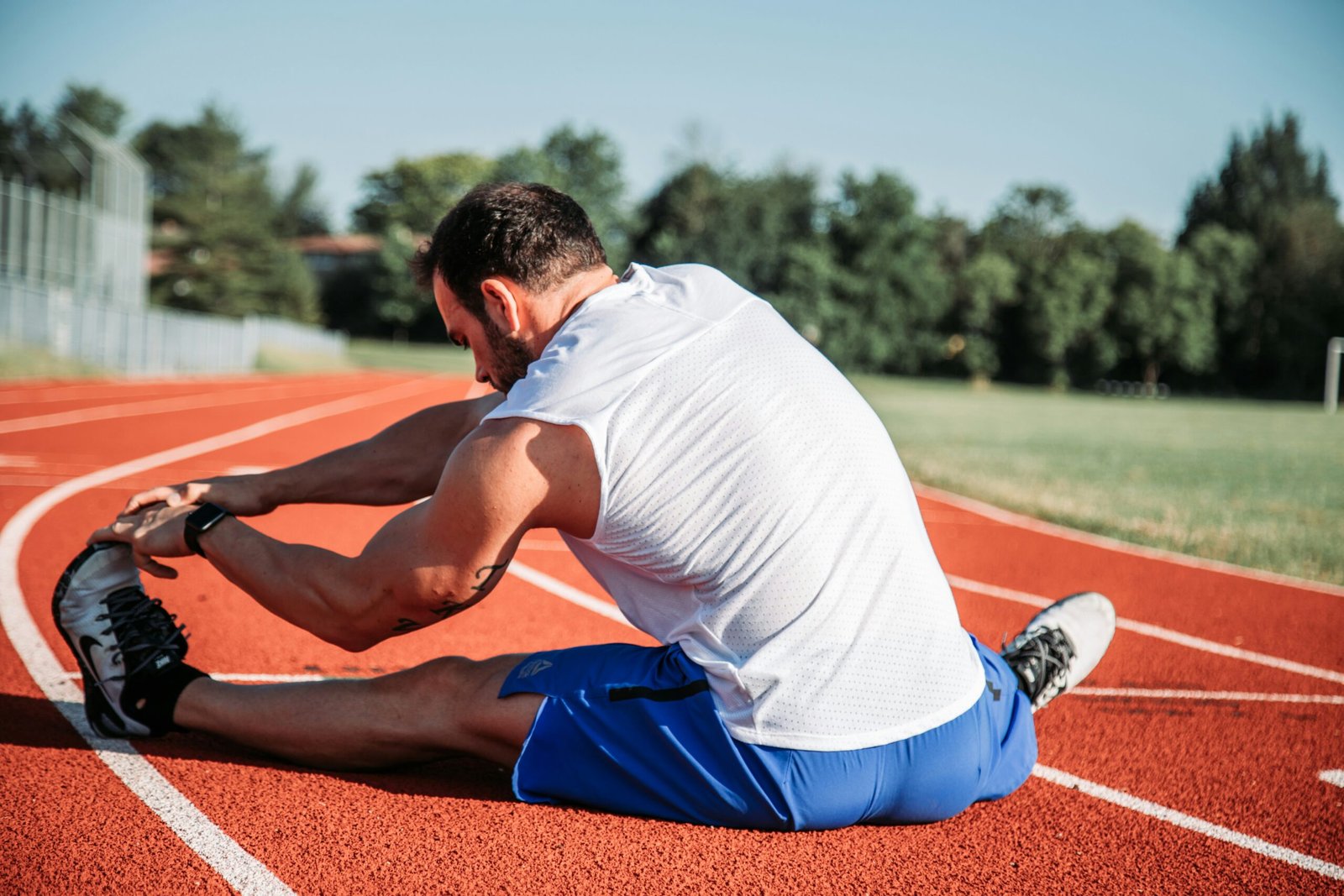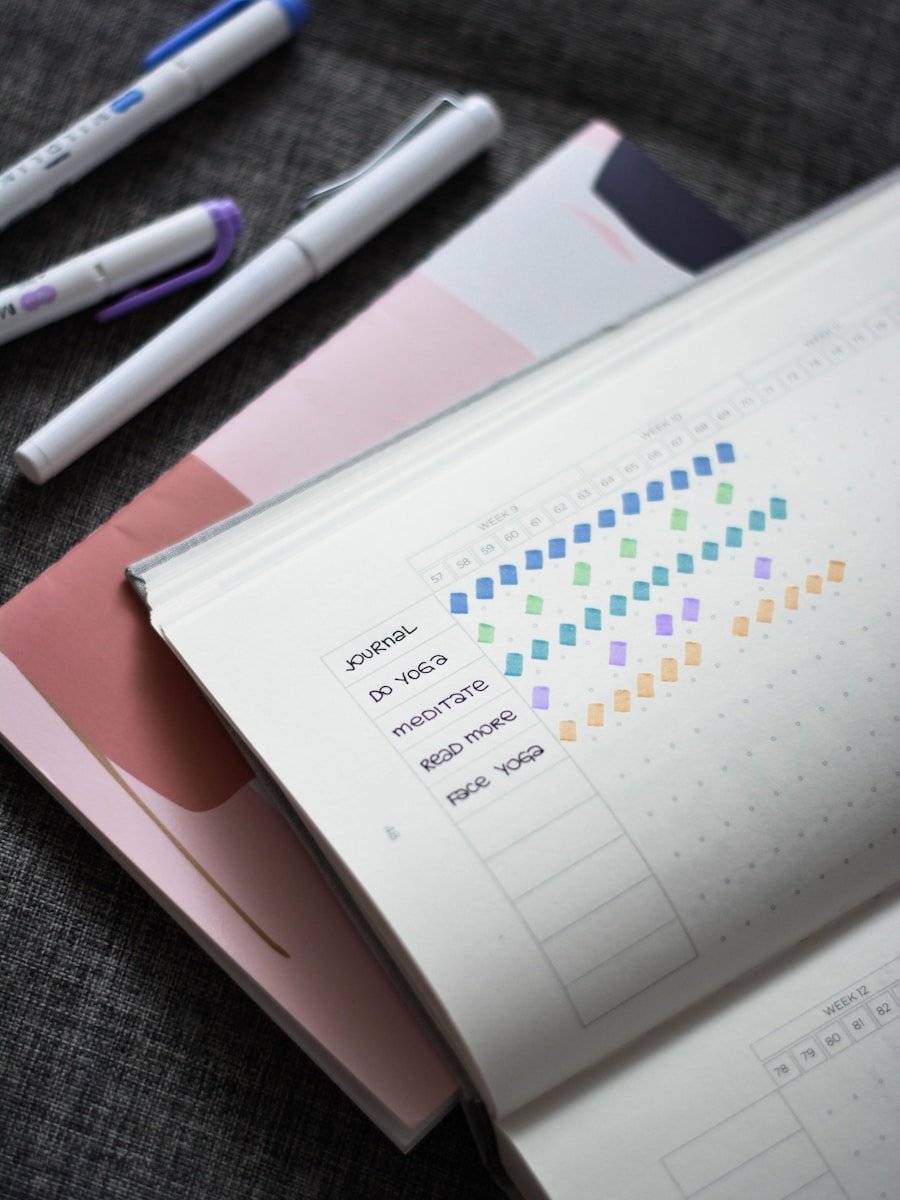Stretching is often overlooked as an essential part of a fitness routine, but its benefits are numerous. Incorporating regular stretching exercises into your daily routine can help improve flexibility, increase range of motion, enhance athletic performance, and prevent injuries. In this article, we will explore the importance of stretching, the best time to stretch, and provide detailed instructions for some of the best stretches for each muscle group.
The Importance of Stretching
Stretching is not only beneficial for athletes and fitness enthusiasts but also for individuals of all ages and activity levels. Here are some key reasons why stretching should be an integral part of your daily routine:
1. Improved Flexibility
Stretching helps improve flexibility by lengthening tight muscles and increasing the elasticity of tendons and ligaments. Increased flexibility allows for a greater range of motion, making daily activities easier and reducing the risk of injury during physical activities.
2. Enhanced Athletic Performance
Regular stretching can enhance athletic performance by improving muscle coordination, balance, and agility. When muscles are flexible, they can move more freely, leading to better performance in sports and other physical activities.
3. Injury Prevention
Stretching before and after physical activity can help prevent injuries by preparing the muscles for the stress they will endure. It increases blood flow to the muscles, warms them up, and improves their ability to absorb shock. Additionally, stretching can help alleviate muscle imbalances that can lead to overuse injuries.
The Best Time to Stretch
The best time to stretch depends on your goals and the type of activity you are engaging in. Here are the two main times to consider incorporating stretching into your routine:
1. Pre-Exercise Stretching
Performing dynamic stretches before a workout or physical activity is recommended. Dynamic stretches involve moving parts of your body through a full range of motion, mimicking the movements you will perform during the activity. This helps warm up your muscles and prepares them for the upcoming exertion.
2. Post-Exercise Stretching
Static stretching, where you hold a stretch for 15-30 seconds, is best done after your workout or physical activity. This helps cool down the muscles, improve flexibility, and reduce post-workout muscle soreness.
Best Stretches for Each Muscle Group
Here are some of the best stretches for each major muscle group:
1. Neck Stretch
To stretch the neck muscles, gently tilt your head to one side, bringing your ear towards your shoulder. Hold the stretch for 15-30 seconds on each side.
2. Shoulder and Chest Stretch
Interlace your fingers behind your back and gently squeeze your shoulder blades together while lifting your hands away from your body. Hold for 15-30 seconds.
3. Back Stretch
Lie on your back and bring your knees to your chest, hugging them with your arms. Hold for 15-30 seconds.
4. Quadriceps Stretch
Stand tall and grab your ankle, pulling your heel towards your glutes. Hold for 15-30 seconds on each leg.
5. Hamstring Stretch
Sit on the floor with one leg extended in front of you and the other leg bent. Lean forward from your hips, reaching towards your toes. Hold for 15-30 seconds on each leg.
6. Calf Stretch
Stand facing a wall, place your hands on the wall at shoulder height, and step one foot back. Keep your back leg straight and your heel on the ground, feeling the stretch in your calf. Hold for 15-30 seconds on each leg.
7. Hip Flexor Stretch
Kneel on one knee, with the other foot flat on the ground in front of you. Lean forward, keeping your back straight, until you feel a stretch in the front of your hip. Hold for 15-30 seconds on each side.
8. Glute Stretch
Lie on your back and cross one ankle over the opposite knee. Reach your hands behind your thigh and gently pull towards your chest. Hold for 15-30 seconds on each side.
9. IT Band Stretch
Stand with one foot crossed over the other, then lean to the side, reaching your arm over your head. You should feel a stretch along the side of your leg. Hold for 15-30 seconds on each side.
Frequently Asked Questions (FAQ)
1. Should I stretch if I’m experiencing muscle pain or an injury?
If you are experiencing acute muscle pain or have a specific injury, it is best to consult with a healthcare professional before attempting any stretches. They can provide guidance tailored to your specific condition.
2. How often should I stretch?
It is recommended to stretch at least two to three times per week to maintain flexibility. However, daily stretching is even more beneficial for overall muscle health and injury prevention.
3. Can stretching help with back pain?
Stretching can help relieve back pain by improving flexibility and reducing muscle tension. However, it is important to consult with a healthcare professional for an accurate diagnosis and appropriate treatment plan for your specific condition.
Remember, always listen to your body and never push yourself beyond your limits when stretching. If you experience any pain or discomfort during a stretch, ease off or stop the stretch altogether. Incorporating stretching into your daily routine can help you maintain a healthy, pain-free body and enhance your overall well-being.






